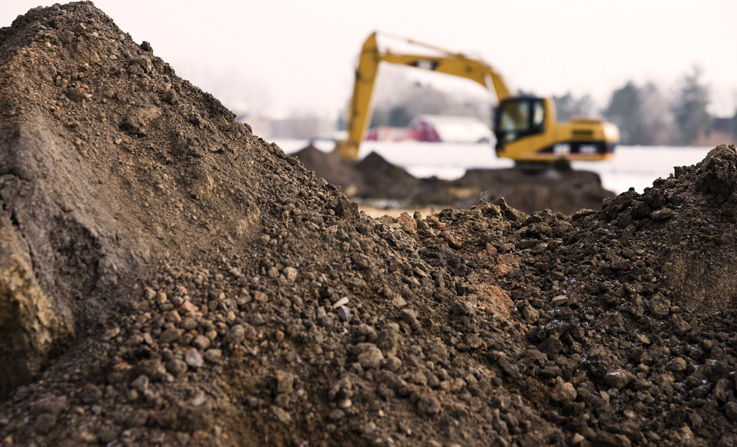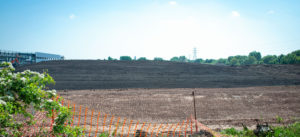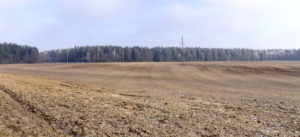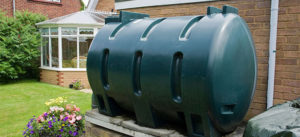Waste soil accounts for more than one-quarter of the UK’s waste. Figures from Defra show that 29 million tonnes of waste soil are produced annually in the construction industry.
Throughout Europe, almost 500 million tonnes of excavated soil is sent to landfill each year.
You might think it isn’t a big problem with plentiful amounts of soil under our feet. But it is fragile and non-renewable, so the only sustainable solution is to protect it. That’s why the European Union released its soil strategy in 2022. And why the UK’s government is committed to ensuring all soil in England will require sustainable management by 2030.
The importance of protecting soil is increasing, but there’s still some way to go. So, why is it vital to avoid throwing soil away when we have so much of it?
The importance of soil
Without soil human life would be difficult as it plays such an important role in the Earth’s ecosystem. As well as providing nutrients and a support system for plants to grow, it also filters rainwater and buffers against pollutants. As a result, groundwater quality is protected.
According to the International Soil Reference and Information Centre, soil is essential for mitigating climate change. It highlights recent studies that show it holds around twice as much carbon as the atmosphere. As a result, it could be used to store excess carbon and rebalance the global carbon budget in the future.
And that’s just the start. Soil is also important because:
- It makes items such as bricks and mugs.
- Essential living organisms and microscopic life use it as their home
- It’s an archive that records past environmental conditions and stores historic artefacts, such as past ecosystems.
- Without it, we couldn’t eat as it is essential in arable and livestock farming.
- And, of course, it serves as the base layer that supports the foundations of buildings.
Why we need to divert waste soil from landfill
Much of the soil sent to landfills comes from construction sites that are difficult to use for building – unless the soil is removed or remediated. But how can soil be unsuitable?
One reason is the land was once used for heavy industry and that led to the soil becoming contaminated. Most of these contaminants are the byproducts of the industries on the site; for example, coal tar from mining or metal from ironworks. These sites are known as brownfield sites.
Some contaminates are visible, while others aren’t. Some are hazardous, and others non-hazardous. There are three classifications of soil in the UK. It can be either:
- Inert
- Non-hazardous
- Hazardous
Inert soil
Inert soil is earth that is not contaminated with heavy metals or chemicals. You can class this as ‘clean’.
Non-hazardous soil
Soil that is contaminated with heavy metals or chemicals may sound dangerous. But these levels are considered small, and the concentration means they will not react with each other or other contaminants.
Hazardous soil
Any soil that contains high levels of chemicals, heavy metals or oil, and pesticides is considered hazardous. These are considered harmful to human health and must be treated and disposed of within government guidelines.
How to divert soils from landfill
Any soil can be diverted from landfills through remediation. This means reducing contamination to levels that are ‘suitable for use’. Of course, costs will vary depending on the time and processes involved in reducing contamination levels. But, considering hazardous soil landfill disposal rates can cost up to £150 per tonne in the UK, remediation can be financially beneficial.
Add to that the haulage rates and any costs in replacing soil that has been removed, then keeping soil onsite begins to make a lot of sense.
Soil remediation is also a sustainable practice. Sending soil to landfill means it becomes classed as waste. But it does not need to be dumped.
And then there’s the CO2 produced by the lorries that carry soil to landfill.
One of our projects reduced 324,000kg of CO2 emissions by remediating soil contaminated by petroleum hydrocarbons. A total of 52,000 tonnes was diverted from landfill using our LockedIn® remediation process.
As we head towards soil strategy deadlines throughout Europe, it’s clear that strategies are essential to divert soil from landfills.
We can help
Our LockedIn® process and two decades of experience remediating soil – both on and offsite – means we can help divert soil from landfills. If you would like to know more, contact our team today.









